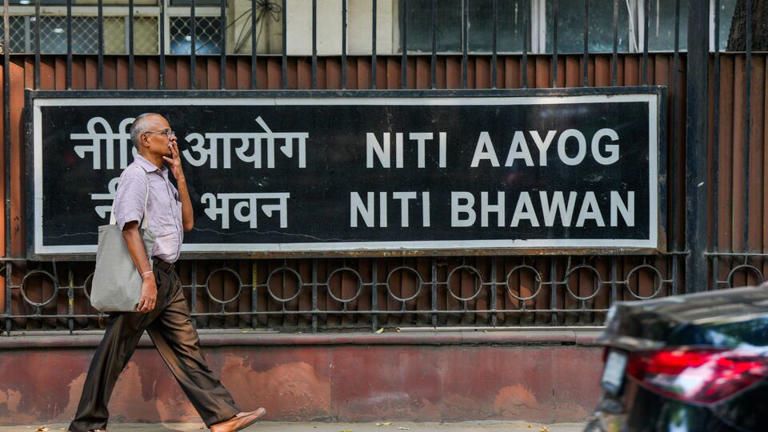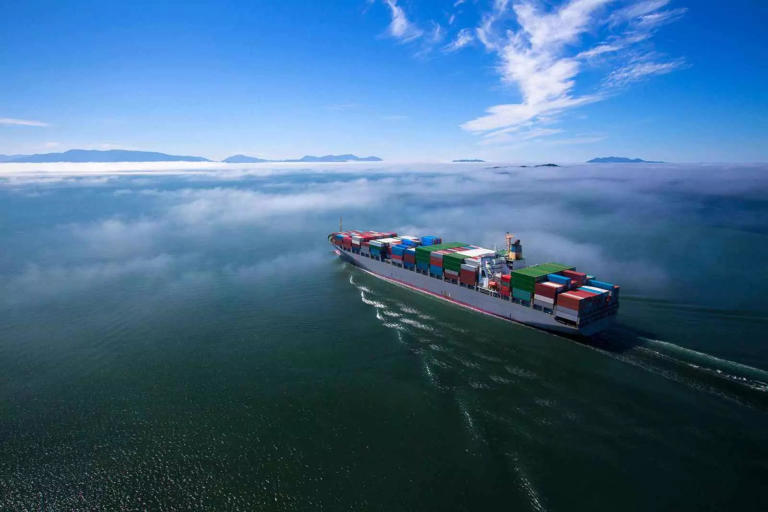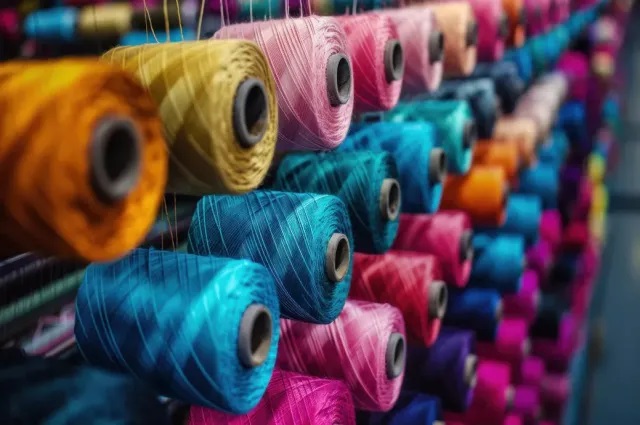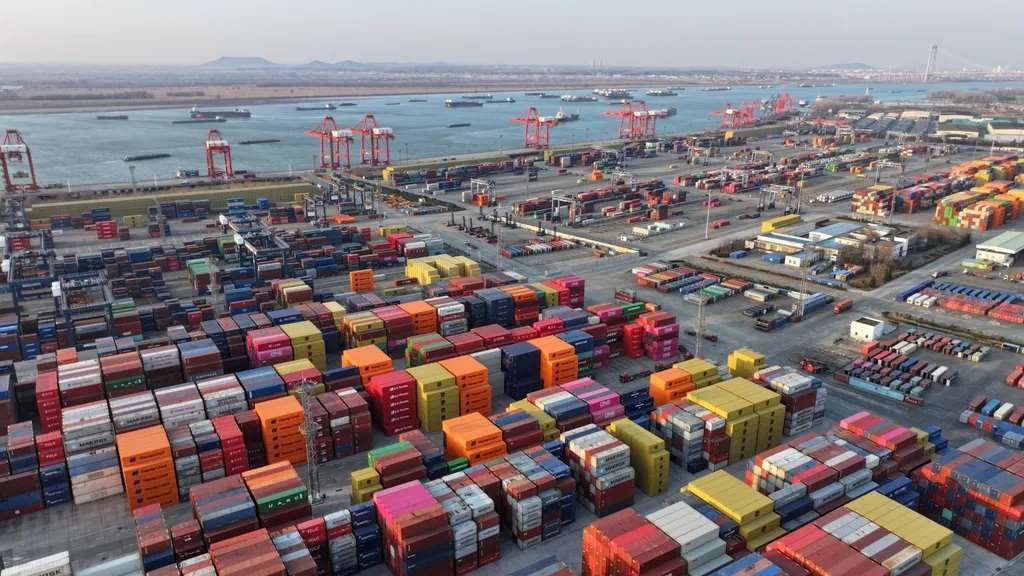
The ongoing political and economic turmoil in Bangladesh has sparked discussions within India's garment industry about the potential for growth and expansion. As Bangladesh grapples with challenges, Indian manufacturers are exploring whether they can leverage the situation to their advantage.
The textile industry in Bangladesh, contributes 80 per cent to the country’s exports and 15 per cent to its GDP. However, the recent political turmoil, culminating in the resignation of Prime Minister Sheikh Hasina, has dealt a significant blow to the sector. Violent protests have disrupted factory operations, resulting in substantial financial losses estimated at $800 million. Compounding these woes is the looming graduation of Bangladesh from least developed country (LDC) status. This transition will lead to the loss of preferential trade privileges, making Bangladeshi apparel products less competitive in key markets like the EU and the US. The increased costs could potentially erode the country's market share and impact its export earnings.
Indian textile zones as potential substitutes
As Bangladesh RMG sector faces a crisis one key area of focus is the potential for Eastern India's coastal regions, along with textile zones in Jharkhand and other states, to emerge as substitute manufacturing hubs. These regions offer advantages such as proximity to ports, a skilled workforce, and existing infrastructure. The industry is debating whether investments in these areas could enable India to capture a larger share of the global garment market.
Also, textile hubs like Tirrupur could gain as global brands shy away from Bangladesh’s due to the ongoing crisis. In fact, Indian units can fill the gaps left by Bangladesh, particularly those with time-sensitive shipments, as logistical bottlenecks have forced many Bangladesh companies to rely on air cargo which is definitely more expensive.
Another focus area is the possibility of some segments of the Bangladeshi garment industry migrating to India. While a full-scale relocation is unlikely, experts suggest that some manufacturers, particularly smaller players, might consider shifting operations to India in search of greater stability and security. This could lead to further growth in India's garment industry, especially in regions like Eastern India.
India currently ranks sixth in global garment exports. The ongoing situation in Bangladesh presents an opportunity for India to move up the ladder. However, experts caution that challenges such as infrastructure limitations, bureaucratic hurdles, and the need for upskilling need to be addressed to fully capitalize on the opportunity. Industry leaders are optimistic about India's potential. As they say, we have the capacity, the skills, and the resources to expand our garment industry significantly. The key is to ensure that India has the right policies and investments in place to support this growth.
Policy support for exporters
To bolster India's apparel industry, the government could implement a range of measures to support exporters. This might include reducing tariffs on raw materials to lower production costs, streamlining export procedures to expedite shipments, and providing tax incentives to encourage firms to expand their operations. Establishing dedicated export processing zones could also offer a more conducive environment for businesses.
Diversify product range and markets
To attract global brands seeking ethically produced goods, India should expand its apparel offerings. This could involve investing in sustainable textiles, organic cotton, and eco-friendly manufacturing processes. Additionally, exploring new markets beyond traditional destinations can help to mitigate risks and capitalize on emerging opportunities.
Collaborating with foreign investors
The political instability in Bangladesh presents an opportunity for India to attract foreign investors seeking alternative locations in South Asia. By encouraging joint ventures and foreign direct investment (FDI), India can leverage this influx of capital to enhance its technological capabilities and secure long-term investments in the apparel industry.
Building a skilled workforce
The increasing adoption of automation poses a challenge to job creation in both Bangladesh and India. To remain competitive, India should prioritize workforce upskilling in modern manufacturing processes. By investing in training and development, India can attract global brands seeking efficient labor solutions and position itself as a preferred destination for apparel manufacturing.












